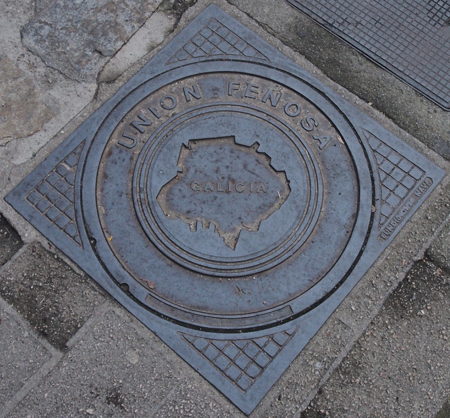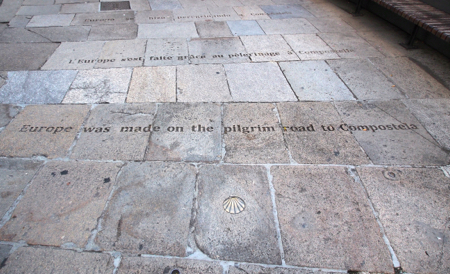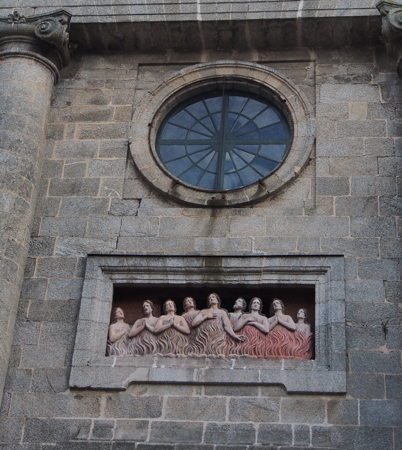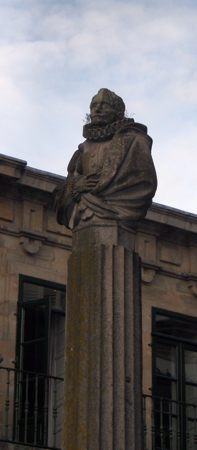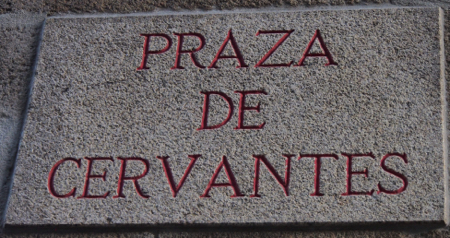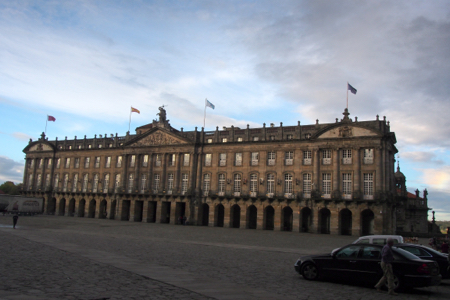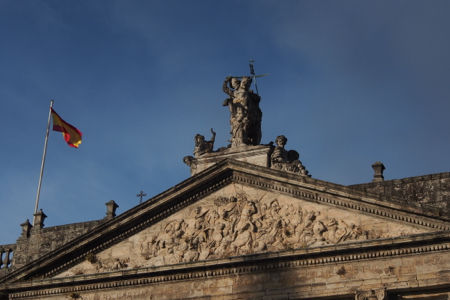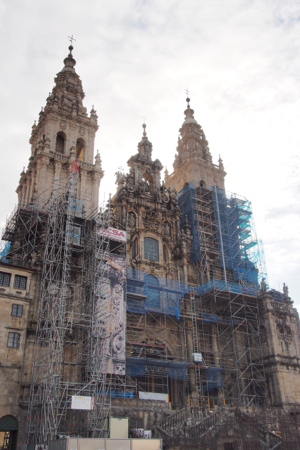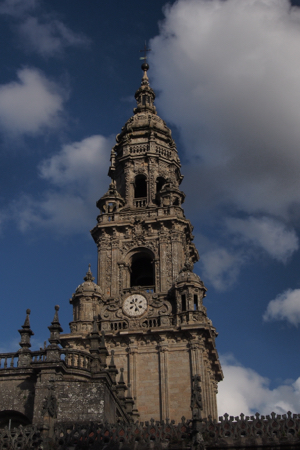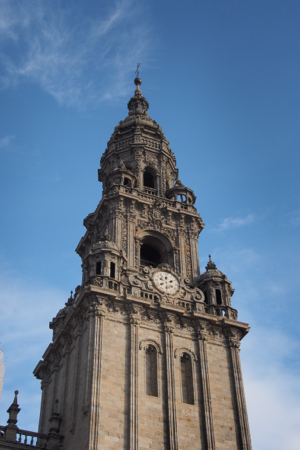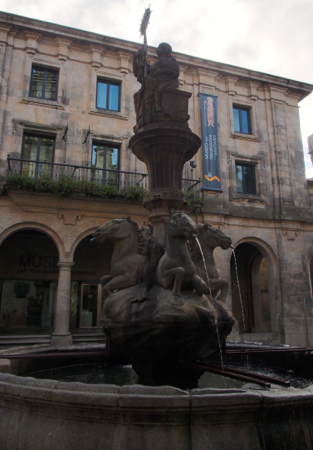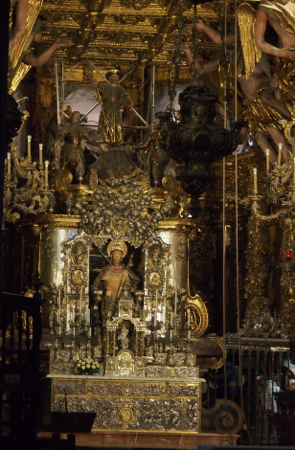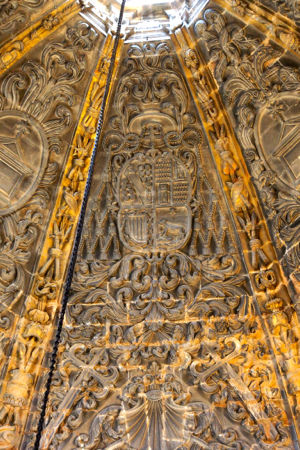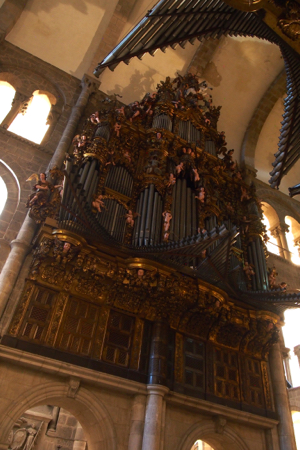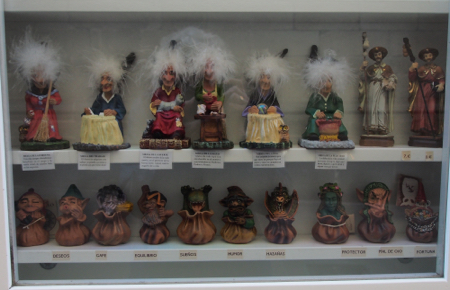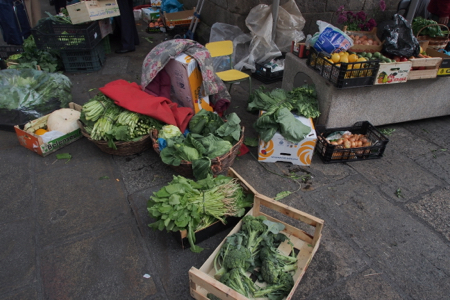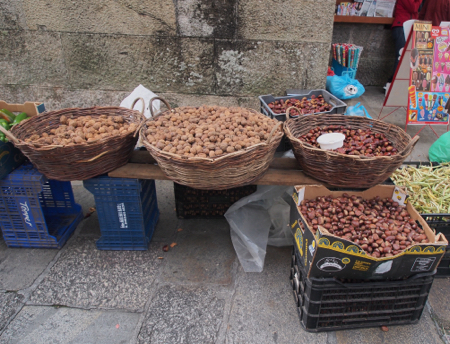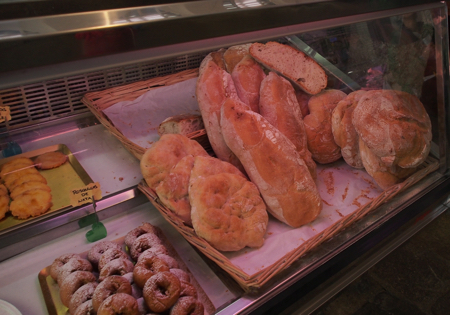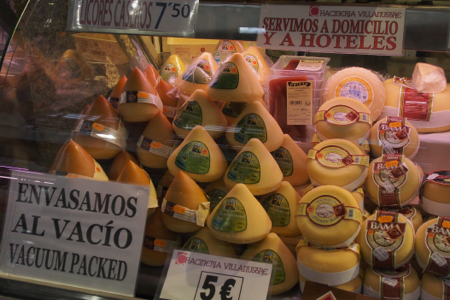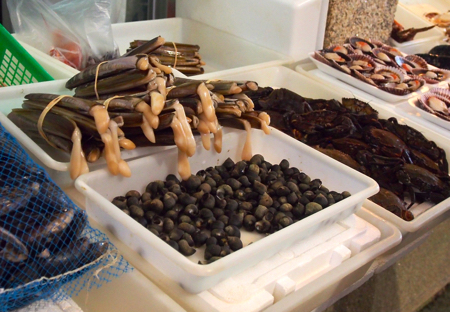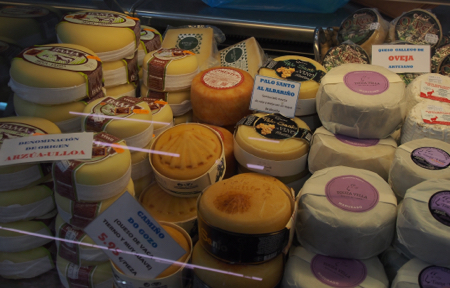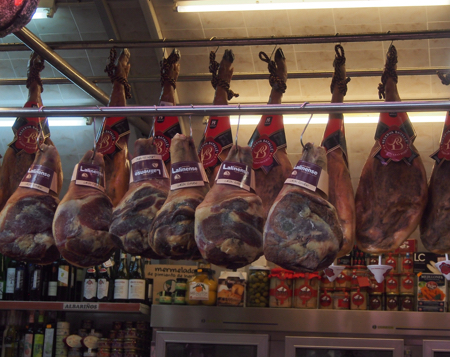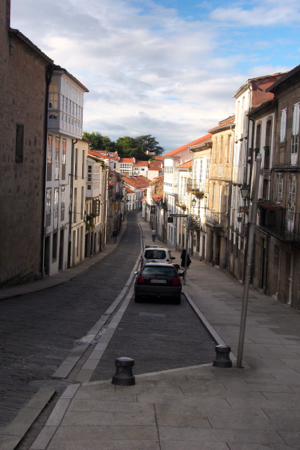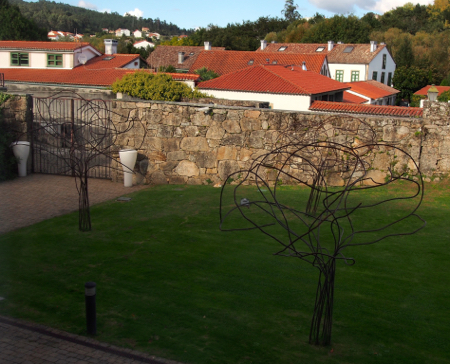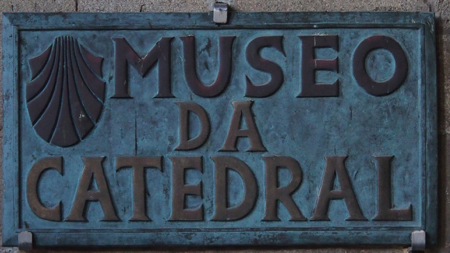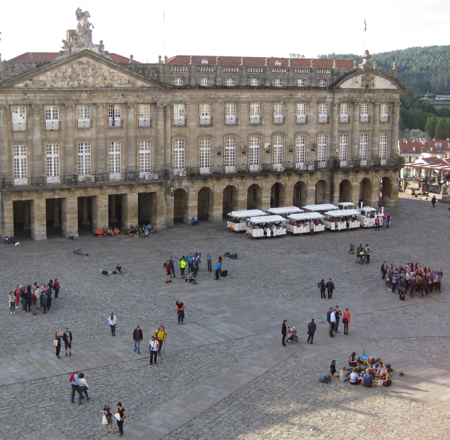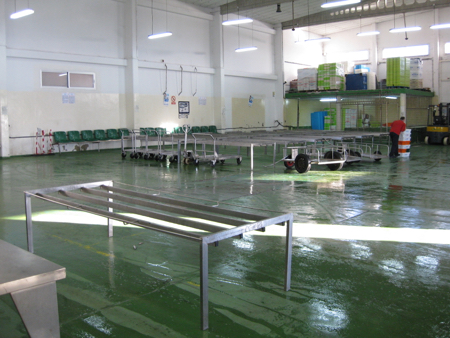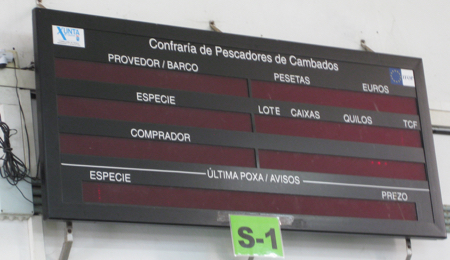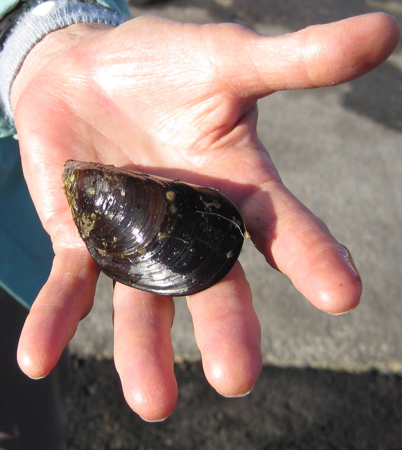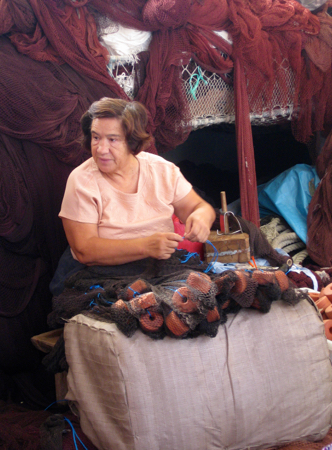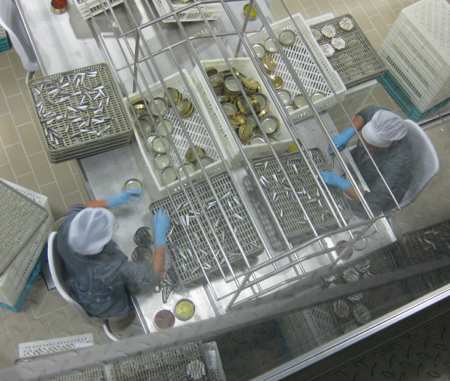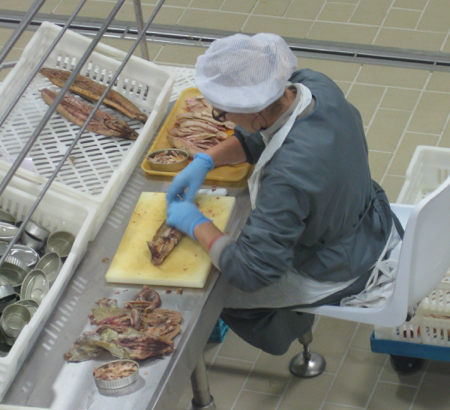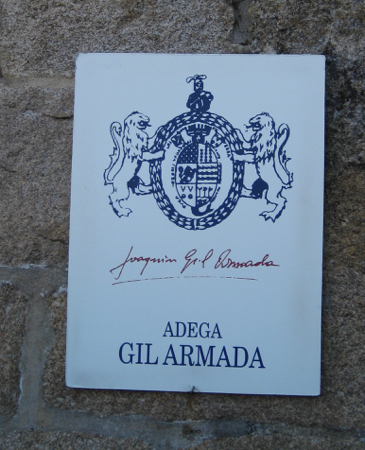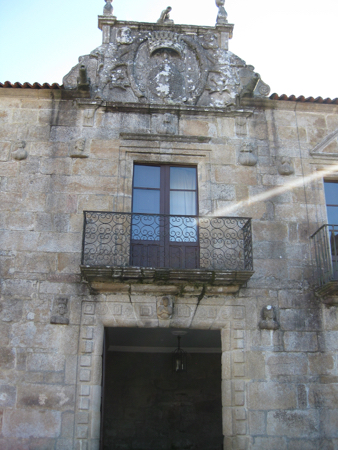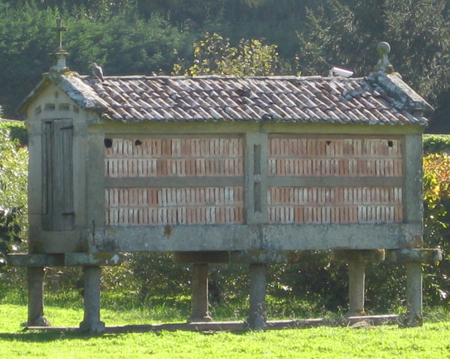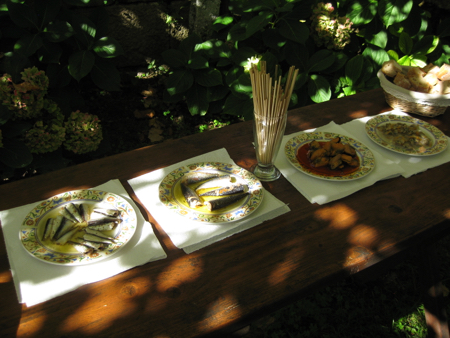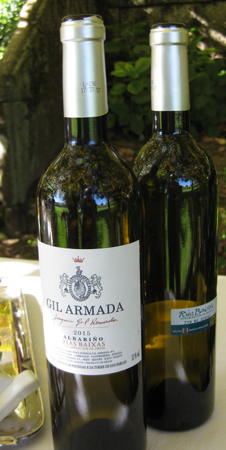Tues., 10/25/16 – Santiago de Compostela
Compostela translates as Field of Stars and comes from the legend of St. James. The disciple James preached in Spain. He went to the holy city, Jerusalem, and was beheaded as a heretic. His body, minus the head, which was displayed as proof of his martyred death, was taken to Galacia in a “boat made of stone.” Later, in the 9th c., a hermit called Pelagius saw a mysterious light of falling stars over a tomb in a forest and a Bishop decided it had to be the bones of St. James and entombed them in Santiago in a small church. Pilgrims came from all over Europe following the Camino de Santiago, the Way of St. James to pay homage to his tomb. Thousands of hikers still make the 979 km (this number changes every time someone mentions it) journey from the border of France. Since January 1, 2016, 265,000 people have walked the Way.
This morning we walked the last one-kilometer of the Way into the Cathedral of St. James where 80 of his supposed bones are entombed.
Manhole cover
Camino de Santiago
Church of Las Animas or the Chapel of Souls
Statue of Cervantes
Nice sign
Raxoi Palace
Cathedral of Santiago de Compostela - being renovated, of course
Cathedral of Santiago de Compostela
Cathedral of Santiago de Compostela
Cathedral of Santiago de Compostela - Fountain of the Horses
We entered the Cathedral with our guide who used Whispers so she could talk to us in the church. We looked at the people in line to “embrace” the statue of St. James on the high altar and we looked at the botafumeiro, a large incense burner that is swung from the ceiling to “freshen the air” after sweaty, dirty pilgrims have been there for mass. After the mass 10 men in red robes haul the rope and swing the botafumeiro across the nave. It is only done when a donor pays 800 € to do it or in the Jubilee Years when St. James’ Day falls on a Sunday.
Santiago de Compostela - Statue of St. James
Santiago de Compostela - Statue of St. James
Santiago de Compostela - Botafumeiro or thurible
Santiago de Compostela - Botafumeiro or thurible
Santiago de Compostela - Organ
We were tired of churches with such elaborate gold and silver – this church did not have frescos or paintings – so we wandered off to see the Mercado de Abastos, the farmers’ market, and then found our way home and rested.
Witches
Market de Abastos
Market de Abastos
Market de Abastos
Market de Abastos - Tetilla or "Breast" cheese
Market de Abasto - Barnacles
Market de Abasto - Razor Clams (the long ones)
Market de Abasto
Market de Abasto
At 5 PM we walked back into town and went quickly through the Cathedral Museum, since our earlier tour included tickets to see it. Inside were bits and pieces of churches – statues, albs, chalices, etc. - and a floor devoted to tapestries by Rubens and Goya. They depicted scenes from 17th c. life.
We strolled the streets of restaurants and souvenir shops and retired to the quiet of our hotel.
This was a sad day because Marge’s camera broke - the shutter would not open, it was frozen closed. She had to use my little Cannon camera for the rest of the trip, leading, I suspect, to far fewer photographs!
Street scene
Sculpture in the yard of the hotel
Praza de Obradoiro and Raxoi Palace
Wed., 10/26/16 – Santiago and Cambados
Today was an OAT “Day in the Life of” women shell fishers called, marisqueos. We were driven to the Atlantic coastal town of Cambados where we were supposed to go clam digging with a group of women who had spent three years cleaning the tidal beaches in order to restore the quality and quantity of clams and mussels. Instead we had a guide who took us to the empty sorting house and Judith tried to translate the process there. I think fishermen bring the catch from their boat and dump the shellfish – clams, mussels, cockles – into a machine that sorts them by size. A basket of one size is weighed, the results are displayed on an electric scoreboard, and then “cleaners” bid on the basket at auction. The cleaner takes what he buys to a place to “wash” them for two days to keep them alive and then sells them at market or to restaurants.
We stood outside and watched a boat unloading net bags of mussels and another boat taking on crates probably with “seeds,” shellfish too small to sell, to go put them back in the ocean farm.
We walked past several women on the dock mending nets and then went inside a building with recycled nets. One woman told us through Judith’s translation that when they don’t have to mend nets, they make net bags used to sell cans of fish. They get paid 8 € an hour.
| Return to Top | Return to Itinerary | Return to Trips page to view other trips | Return to Dreamcatcher Home Page |

